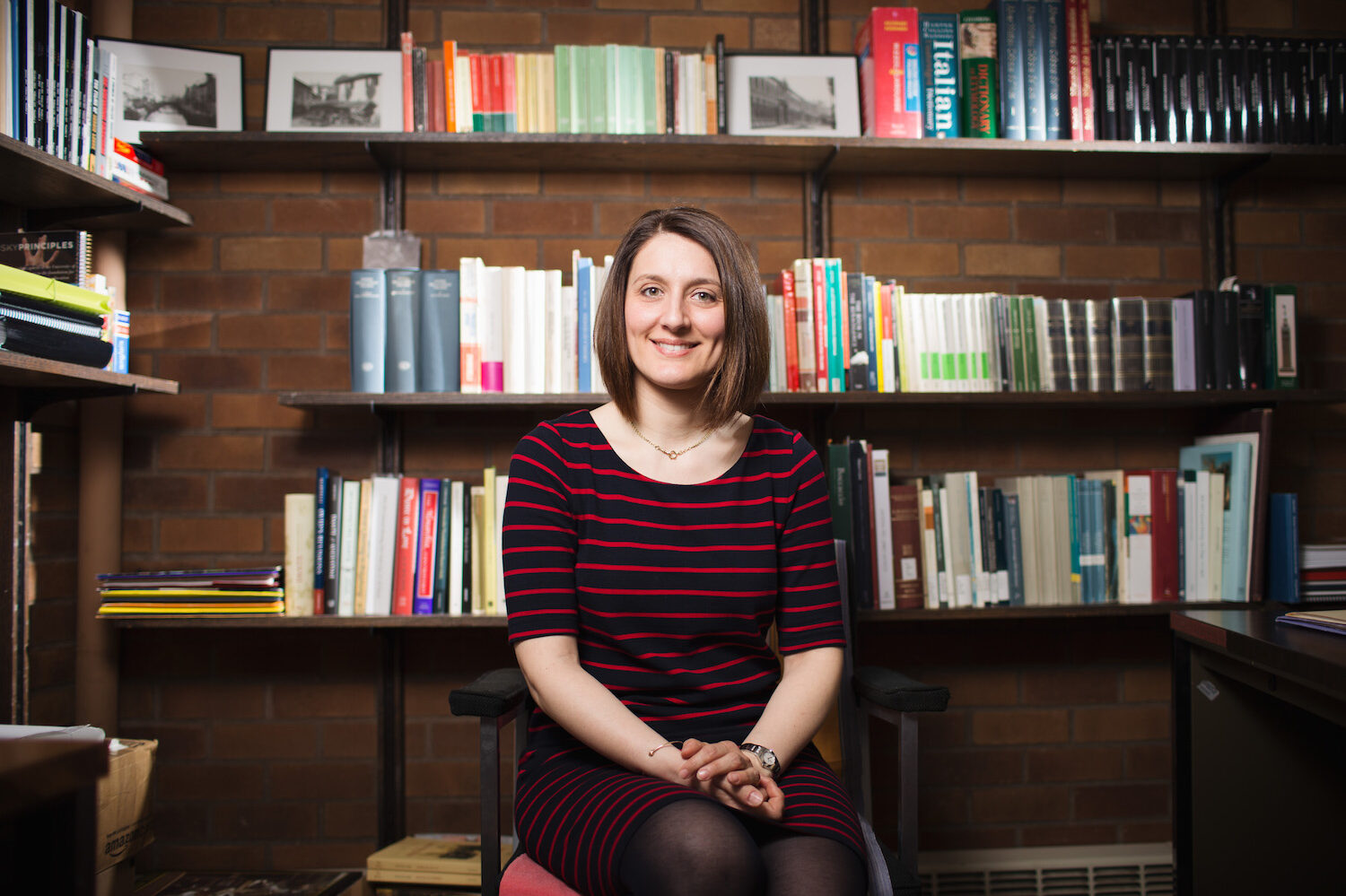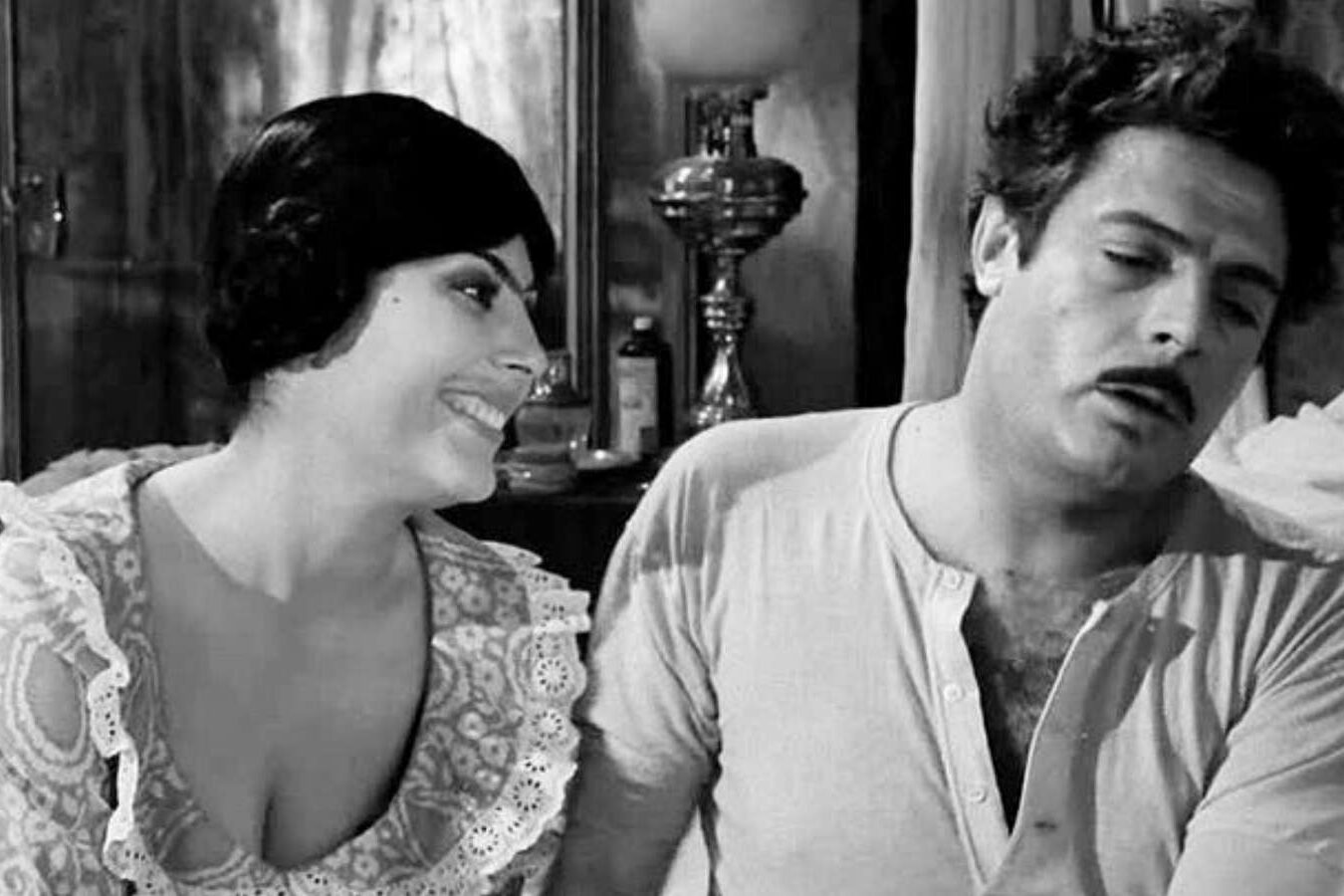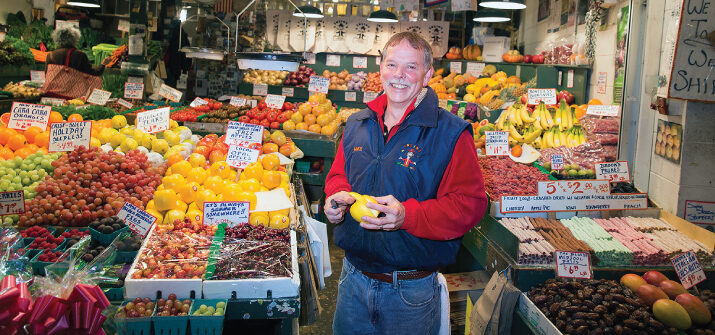Perhaps no single architect has had a more profound influence on the buildings and public places that defined 20th-century Seattle than Fred Bassetti. From the Seattle Aquarium to the Henry M. Jackson Federal Building, from Woodland Park Children’s Zoo to Seattle Municipal Tower, Bassetti’s portfolio includes some of the city’s most iconic spaces.
Yet his legacy reaches far beyond concrete, glass and steel. Bassetti’s style contributed significantly to the region’s approach to modern architecture, where the unique elements of the Pacific Northwest—climate, light, landscape and indigenous materials, such as wood—figured prominently. His civic commitment and passion for design using a more inviting and human scale was legendary, and he was a key player in protecting Pike Place Market.
Born in Seattle in 1917 to Italian and Norwegian immigrants, Bassetti grew up in a small community south of Seattle, known today as Tukwila. His Torino-born father published the Gazzetta Italiana, a newspaper for local Italian-Americans.
At the age of 15, Bassetti was sent to stay with his grandmother in Torino, where he learned about his Italian roots and studied the language. After a year, he returned to Seattle and attended Garfield High School. He earned a bachelor’s degree in architecture from the University of Washington.
During World War II, Bassetti worked as a draftsman for the Federal Public Housing Authority and apprenticed with well-known Seattle architect Paul Thiry. He attended Harvard University after the war, where he was classmates with I.M Pei, who went on to design the Louvre pyramid, National Gallery of Art’s East Wing and the Kennedy Library.
As an architect, Bassetti liked buildings that flowed with the landscape, with sloping roofs and rounded-off corners that “felt good to the human hand,” as he put it. His softer approach was diametrically opposed to the more popular postmodern style of the era, where boxy concrete buildings were the norm.
Key Tower, today known as Seattle Municipal Tower, was one of his favorite design projects. “It is unusually friendly in the way it fits into the city,” he noted. “It’s pointed on both ends; a six-sided building, longer than it is deep. It’s made something like a person: it has a front, two similar sides and a back different from the front.”
In a nod to Seattle’s rainy climate, Bassetti installed a sloping glass roof on the building. Its sheer back, resembling the face of a cliff, appears to duplicate the nearby mountain peaks. Terracing at the structure’s top and bottom calls to mind Seattle’s many hilly streets.
Not only did Bassetti put his mark on Seattle’s skyline, but he also had a tremendous influence on its design community. Lively, energetic and opinionated, his enthusiasm to restore human scale to city design was contagious. “It’s hard to turn around in Seattle and not see a building influenced by the hand of architect Fred Bassetti,” said TV host Billy King during an interview with Bassetti in 2004. “What’s not as obvious are the influences of his thoughts about space, structure and the Northwest mind-set.”
In 1967, Bassetti convened a group of architects and designers to participate in a year-long series of “visioning” workshops. Inspired by a presentation he heard by Greek urban planner Constantinos Doxiadis, Bassetti inaugurated a campaign called Action: Better City. The ambitious project led to several well-attended public presentations, a film and Seattle Art Museum exhibit, and a 64-page publication.
Action: Better City challenged the design community to take cultural and social perspectives into consideration when designing city projects. “Today’s urban condition…does not naturally lead to a reasonable balance,” Bassetti wrote at the time. “It is our task to discover ways of reestablishing the necessary equilibrium within the content of today’s and tomorrow’s form of social organization….The nearer we approach a truly human city, the nearer we may come to truly civilized behavior.”
In the late 1960s, Bassetti joined architect Victor Steinbrueck and other Seattle architects and preservationists to oppose a plan to bulldoze and redevelop the historic Pike Place Market. Established in 1907 overlooking Elliott Bay, the market had been home for decades to fishmongers, produce sellers and craft stalls. At the time, Bassetti called it “an honest place in a phony time.”
Seattle residents rallied, and in 1971 voted by a wide margin to create a 17-acre historic district to save the market. Today, Pike Place Market is a national treasure, one of the oldest, continuously operating, and historically authentic public markets in the country. Many credit the civic conversations started by Bassetti and Action: Better City as playing a major role in the outcome of the historic vote.
Always an outdoor lover (he set off at the age of 85 on a cross-country bicycle trip), Bassetti divided his time between a houseboat on Seattle’s Portage Bay and a farm in Goldendale, Wash. Two years ago, on December 5, 2013, Bassetti died in Oregon at the age of 96.






























